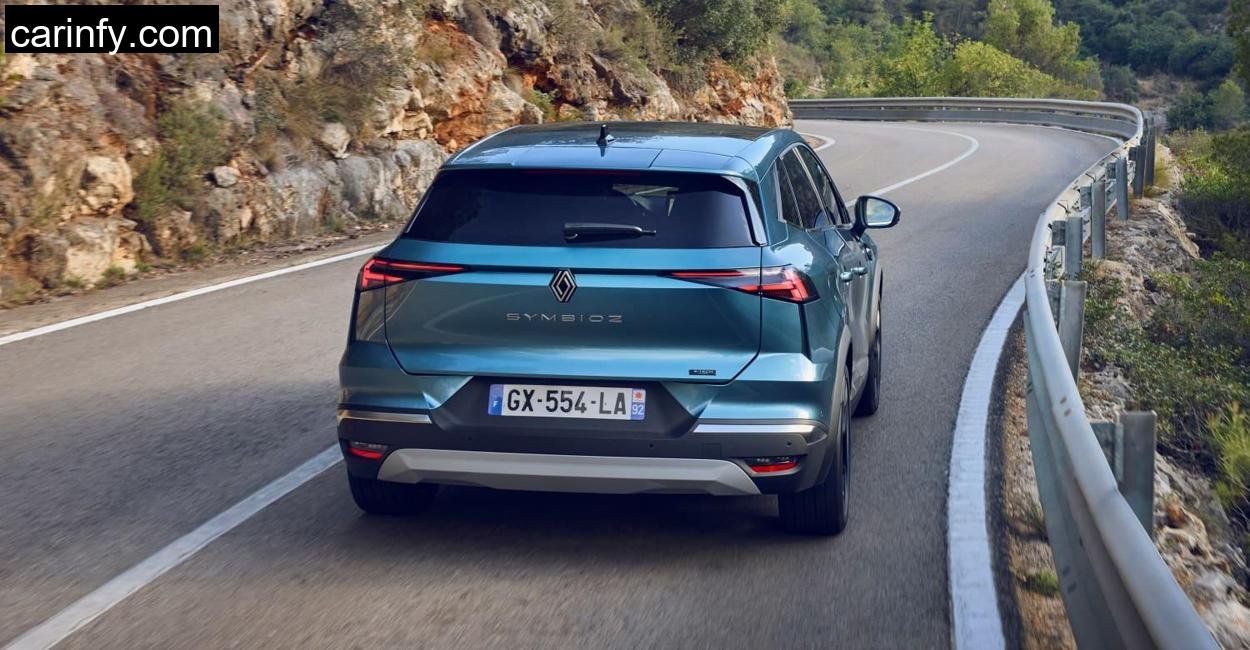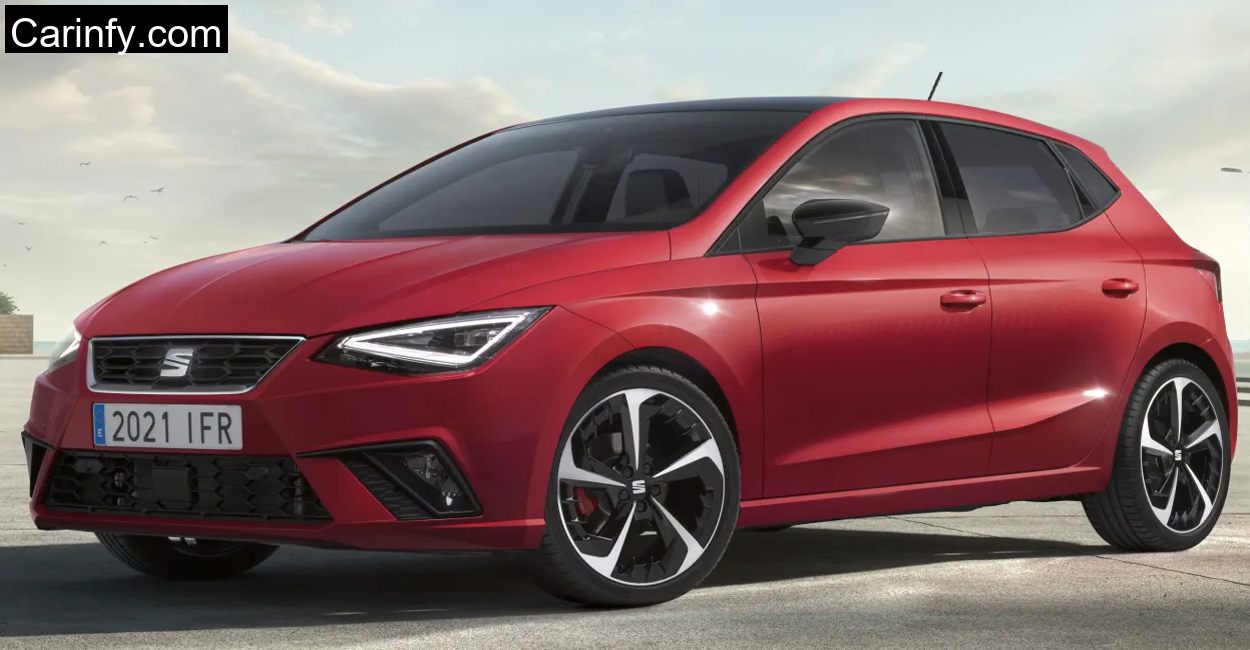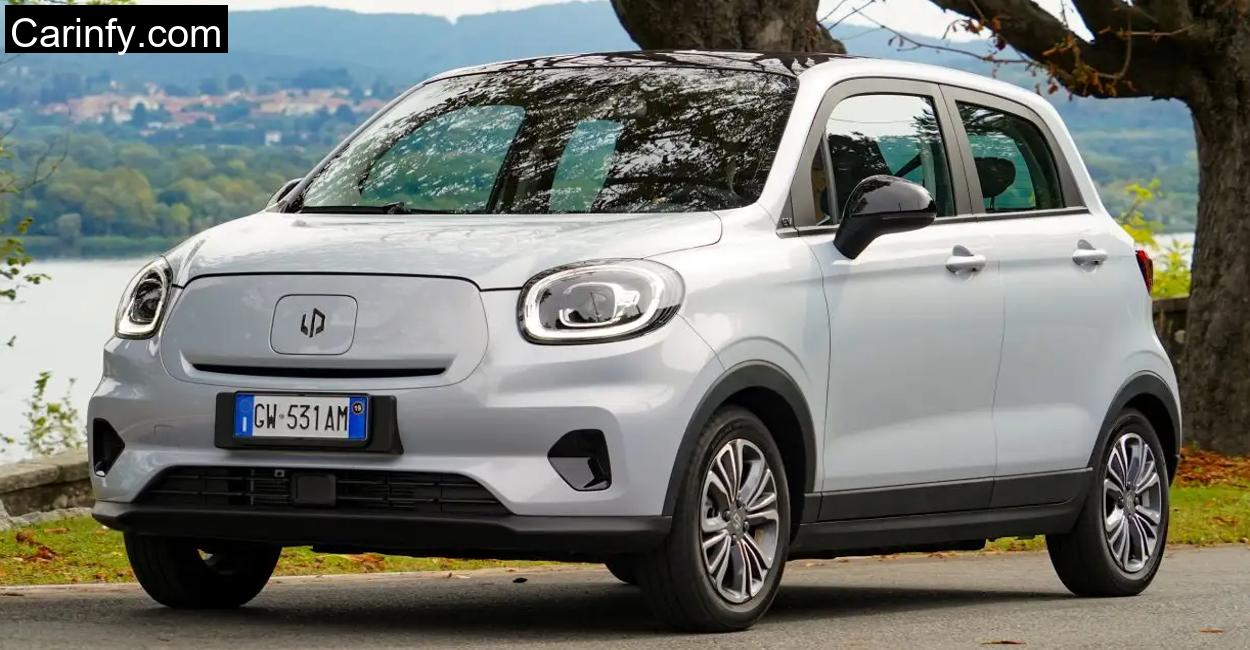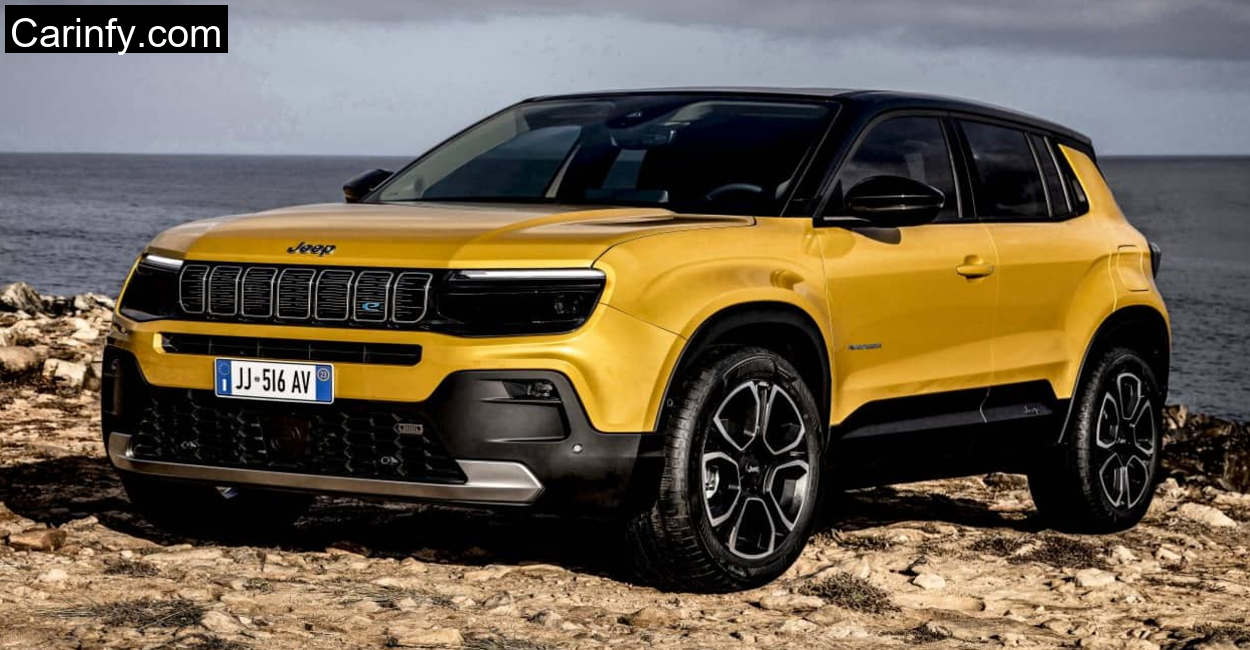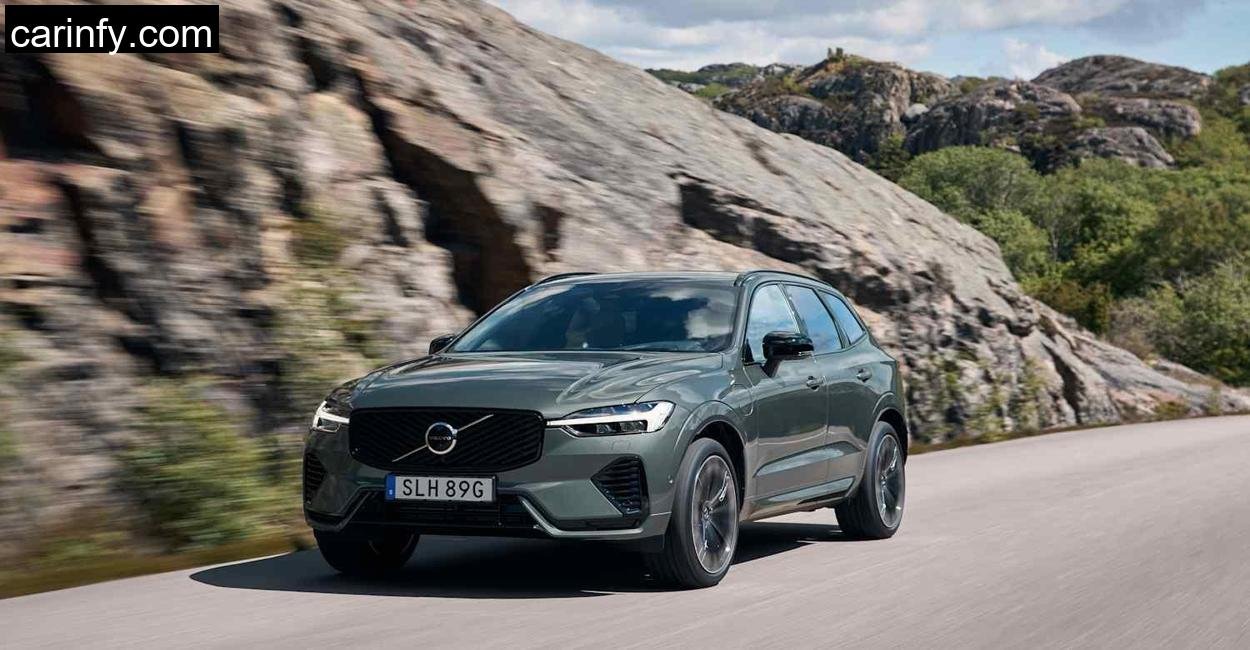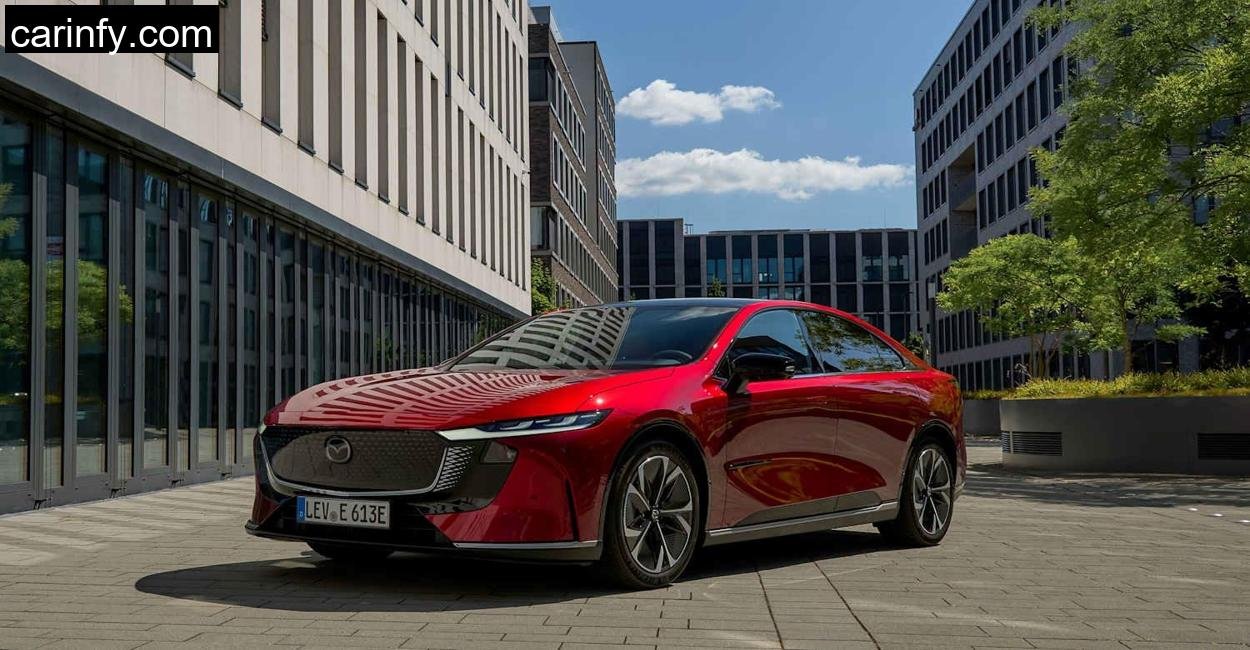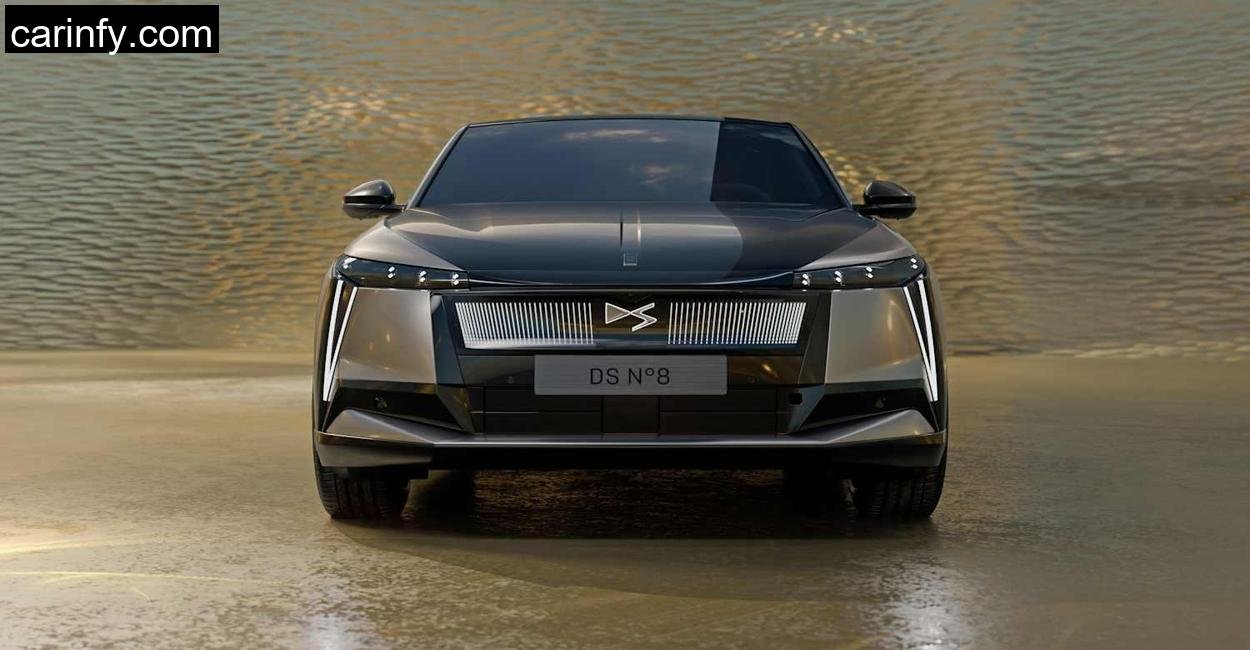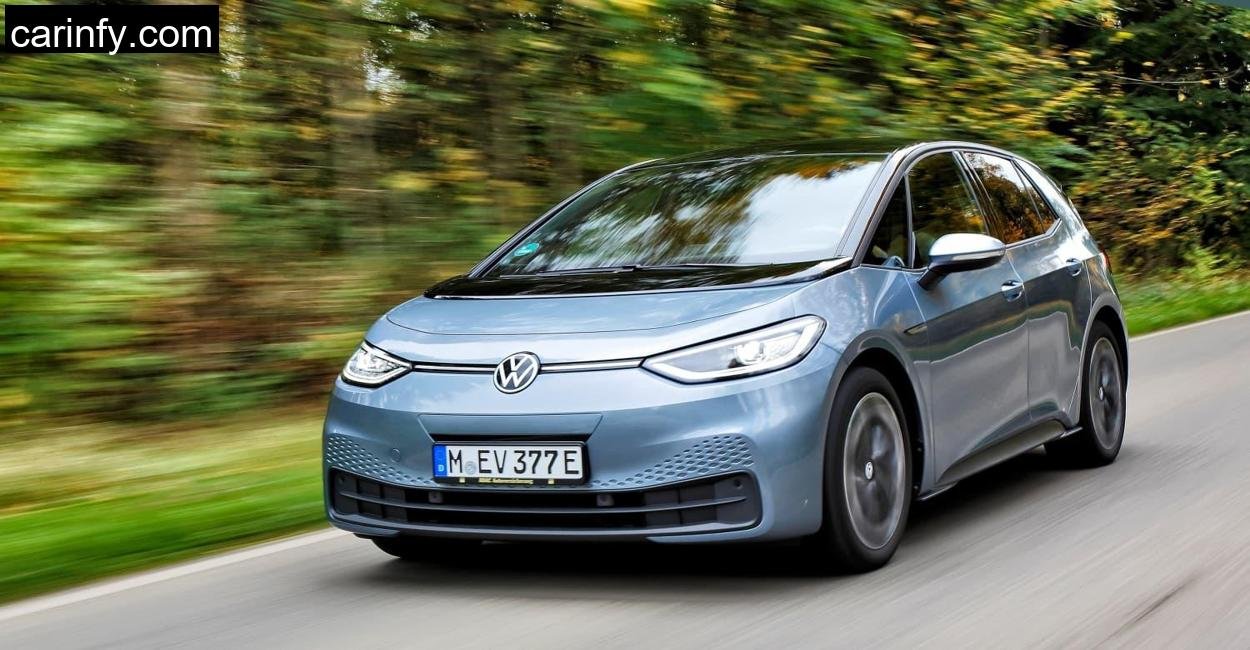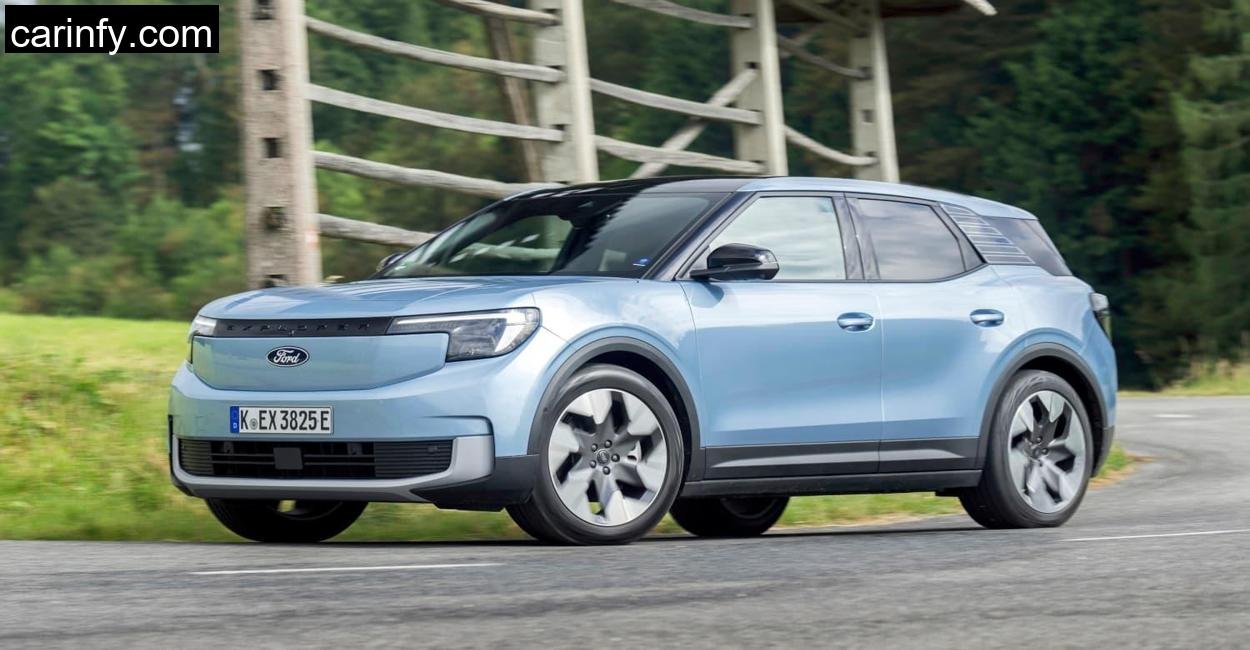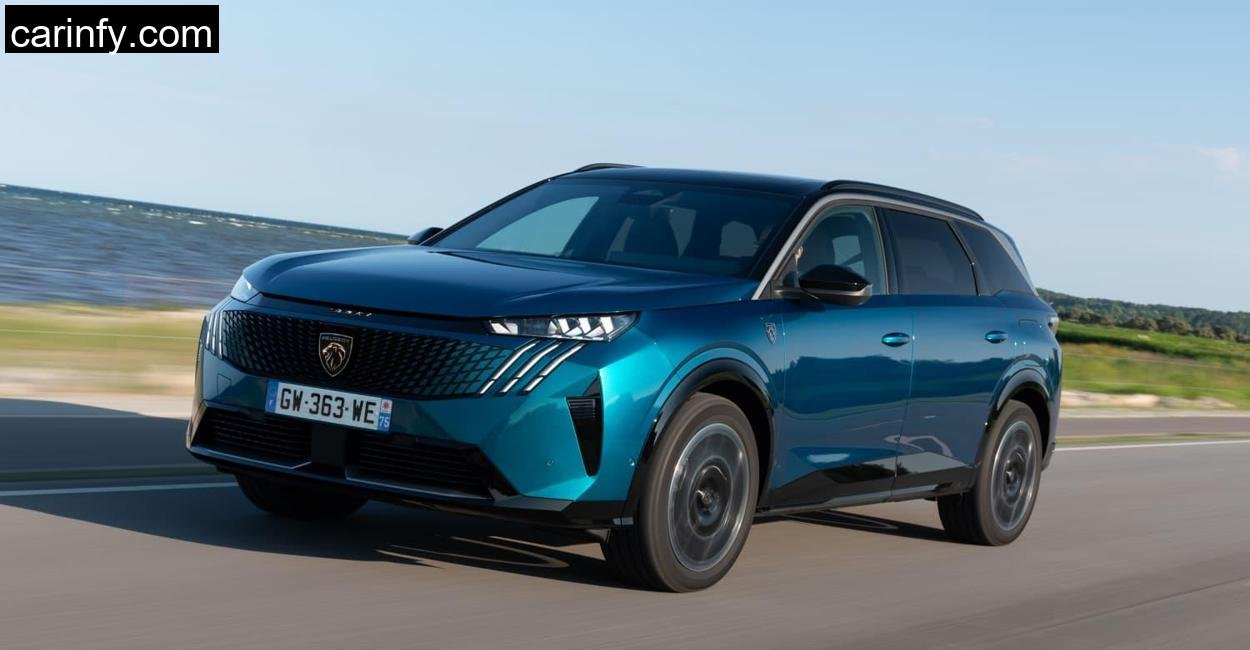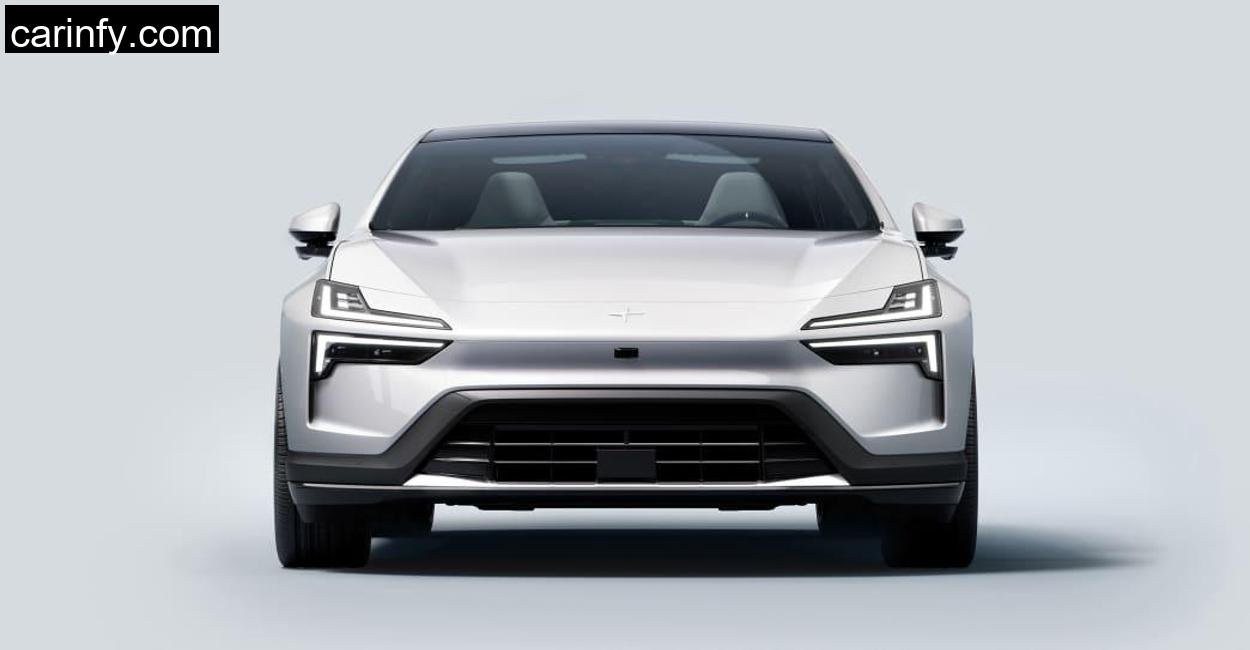The sun had just begun to break through the thin Alsatian mist when I arrived in Hausbergen. This charming French town, nestled just outside Strasbourg, feels like the perfect place to evaluate a car like the Renault Symbioz. Quiet hills, gentle bends, a mix of village lanes and open country roads, it’s the kind of place that reveals a car’s personality. And Renault’s latest hybrid crossover? Well, it has a lot to say.
At first glance, the Symbioz seems to tread familiar ground. Slotted neatly between the Captur and the Austral, it’s Renault’s answer to customers asking for something in between, roomier than a subcompact, but still manageable in the city. This isn’t just another crossover; it’s Renault responding to a question that, until now, didn’t have a satisfying answer.
But it’s more than a design exercise. I came to Hausbergen not for the brochures, but to see how the Symbioz lives and breathes on real roads. Let’s talk design first, but make no mistake, this story is all about how it feels behind the wheel.
Fresh Face, Familiar DNA
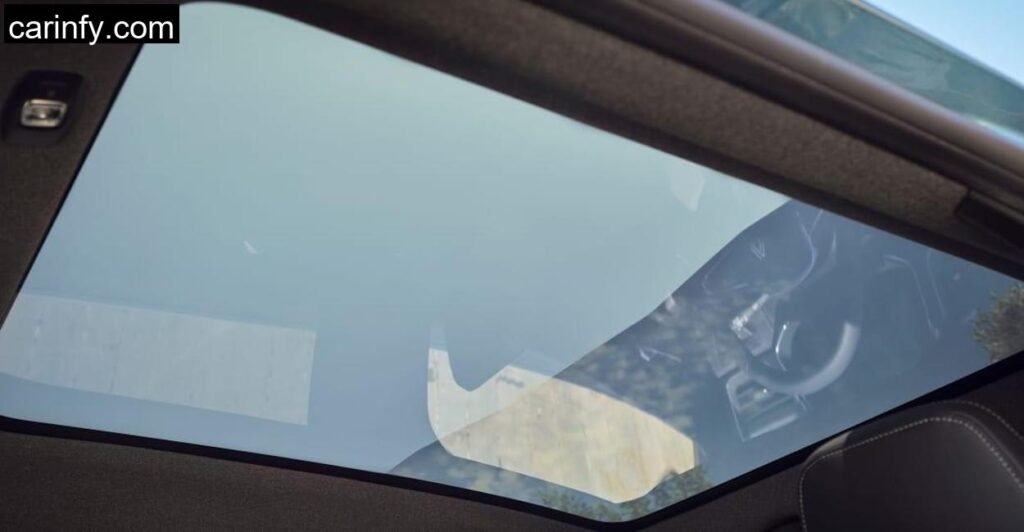
Renault has been refining its visual language recently, and the Symbioz gets the full treatment. It wears the brand’s latest identity with confidence. The grille is mostly closed, an aerodynamic choice, sure, but it’s the sharp LED lighting that really grabs your attention. The new rhombus logo, bold and upright, connects the whole front end like a signature on a clean sheet of paper.
Walking around the car in the early morning light, the shape began to speak. It doesn’t scream, it doesn’t boast. It simply presents itself. The shoulder line rises assertively, the rear is neat and original, with angular tail lights that give it character, not just function. It has that French elegance that doesn’t try too hard.
Sliding into the cabin, you’re met with an interior that will feel familiar if you’ve spent any time in a new Captur. That’s not a complaint. Renault interiors have matured into something clean, practical, and pleasing. The 10.4-inch touchscreen greets you like an old friend, powered by Google’s infotainment suite, and the digital cluster behind the wheel is crisp and functional.
A bonus on my test car was the optional panoramic roof. It doesn’t open, but it uses liquid crystal dimming technology. At the press of a button, it turns from clear to shaded, a subtle party trick that makes the cabin feel upscale.
Practicality: More Than Just Numbers
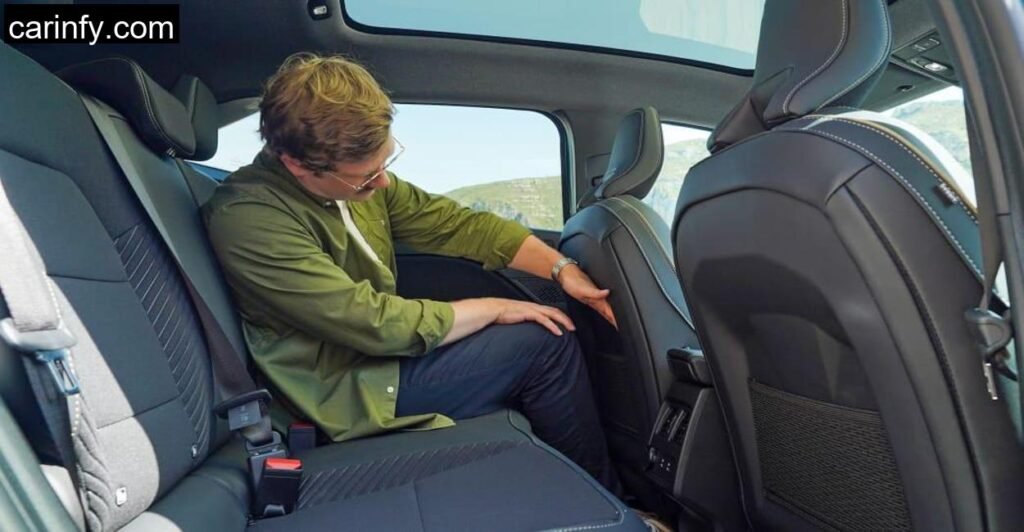
Numbers are useful, sure. But it’s how those numbers translate into lived experience that matters.
The Symbioz is 4.41 meters long, slotting nicely between its Renault siblings, but it feels even more cleverly packaged than that. One feature I loved: the sliding rear bench. Pull it forward and the trunk grows from a respectable 492 liters to a genuinely family-ready 624 liters. Fold the seats flat and you’re looking at a cavernous 1,455 liters. Renault may call this a compact crossover, but from behind the wheel, it feels more like a well-sorted family wagon.
My rear-seat passenger, an old friend tagging along for the drive, commented on the decent knee room and head clearance. He’s 6’1″ and didn’t complain once. That says a lot in this segment.
As I pulled onto the backroads outside Hausbergen, luggage and two full-grown adults aboard, I didn’t feel like I was asking too much of the Symbioz. It didn’t feel overburdened. The hybrid drivetrain simply did its thing, quietly, efficiently.
E-Tech Full Hybrid: Quietly Capable
The Symbioz comes, for now, with just one drivetrain: the E-Tech Full Hybrid 145. That “145” refers to the combined system output, 143 horsepower from a collaboration between a 1.6-liter gasoline engine and two electric motors. One motor turns the wheels, the other handles start-up duties and helps balance out transitions.
This isn’t a plug-in hybrid. It’s a self-charging system. You can’t plug it in, but it captures energy during braking and coasting and feeds that back into the tiny 1.3 kWh battery (of which only 0.6 kWh is usable). On paper, it might sound limited, but in city driving, it’s surprisingly effective.
That morning, weaving through the narrow streets of Hausbergen, the car glided electrically more often than not. Renault claims up to 80% of urban driving can be electric, and I believe it. The transitions between power sources are so seamless that I found myself wondering: “Is the engine even on?”
Acceleration off the line isn’t exactly thrilling. The system takes a moment to decide what to do when you mash the pedal, and there’s a delay that might frustrate impatient drivers. But once you’re moving, the torque comes in smoothly, and the Symbioz cruises effortlessly. Between 30 and 80 km/h, it’s relaxed and confident. Overtaking on country roads, however, needs a bit more planning.
Real-World Handling in Hausbergen
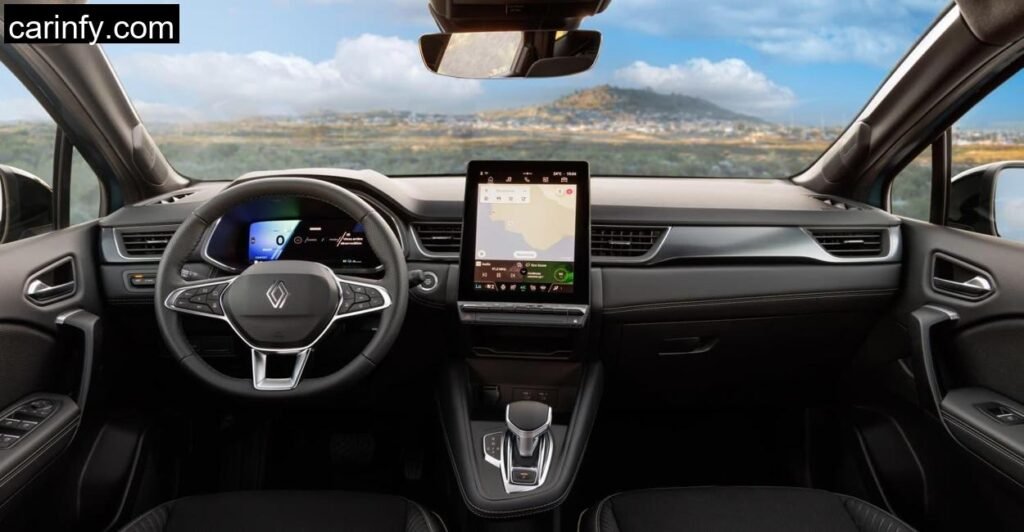
I always say a car reveals its true character when pushed through imperfect roads, and the Symbioz didn’t hide much.
Renault tuned the suspension slightly firmer than I expected. On smooth curves outside the village, it was stable and predictable. The steering was light, great for low-speed maneuvering, but it lacked feedback in spirited driving. Sport mode didn’t help much, it just tightened the artificial feel without adding real involvement.
But the body control? Not bad at all. There’s a bit of roll in corners, but nothing excessive. It’s not a sports SUV, and it never pretends to be. Instead, it shines in the rhythm of everyday driving, tight corners, stop-and-go traffic, rolling hills. There’s a serenity to how it behaves when you’re not in a hurry.
Renault’s famed visibility does take a bit of a hit, though. The rear window is narrow, and the thick C-pillars make shoulder checks trickier than I’d like. Thankfully, the rear-view camera is standard, and the optional 360-degree system saved me twice during tricky parking maneuvers in the town square. The camera quality isn’t premium, but it does the job.
Fuel Economy and Driving Range
Fuel economy is the heart of any hybrid story, and the Symbioz tells a good one.
On our 140-kilometer test route through Alsace’s countryside, the trip computer showed 5.1 liters per 100 kilometers. That’s close to Renault’s WLTP claim of 4.8 L/100km. No attempt was made to drive conservatively. This was real-world driving, some hills, some traffic, even a few spirited overtakes.
With a 50-liter fuel tank, that gives the Symbioz a theoretical range of over 900 kilometers. In today’s fuel economy landscape, that’s impressive, and achievable.
Technical Specifications: Renault Symbioz E-Tech Full Hybrid 145
We use Renault’s official website to get all technical details quickly and accurately.
| Specification | Details |
| Engine Type | Full hybrid |
| Displacement | 1,598 cc |
| System Power | 143 hp (105 kW) |
| Torque (system) | 250 Nm |
| Transmission | Clutchless multi-mode automatic |
| Drive Type | Front-wheel drive |
| 0–100 km/h Acceleration | 10.6 seconds |
| Top Speed | 170 km/h |
| Battery Capacity (gross/net) | 1.3 / 0.6 kWh |
| Combined Fuel Consumption (WLTP) | 4.8 l/100 km |
| CO₂ Emissions (WLTP) | 109 g/km |
| Trunk Volume (min/max) | 492 / 1,455 liters |
| Towing Capacity (braked/unbraked) | 750 / 745 kg |
| Vehicle Dimensions (L x W x H) | 4,413 x 1,797 x 1,575 mm |
| Curb Weight | 1,498 kg |
| Payload | 427 kg |
| Base Price | €33,950 |
Conclusion: Modest, Efficient, and Sensible
After a full day with the Renault Symbioz, I walked away with a quiet appreciation for what it represents. It’s not a car that begs for attention. It’s not trying to be everything at once. Instead, it focuses on being a practical, efficient, and well-thought-out family crossover.
In Hausbergen, where the pace of life is calm and the roads reward smoothness over speed, the Symbioz felt entirely at home. It’s a car that doesn’t need to shout because it understands exactly what it was built for. And in this segment, that kind of honesty is refreshing.
Is the Renault Symbioz a plug-in hybrid?
No, it’s a full hybrid. It recharges itself through regenerative braking and does not require external charging.
Do the rear seats in the Renault Symbioz offer sliding or reclining functionality?
Yes, the rear bench slides forward by 16 cm to expand trunk space and can be folded for maximum cargo volume.
Is the hybrid system in the Renault Symbioz responsive during city driving?
Yes, especially in slow traffic. The electric motor handles low-speed duties well, though initial throttle response can be delayed.
